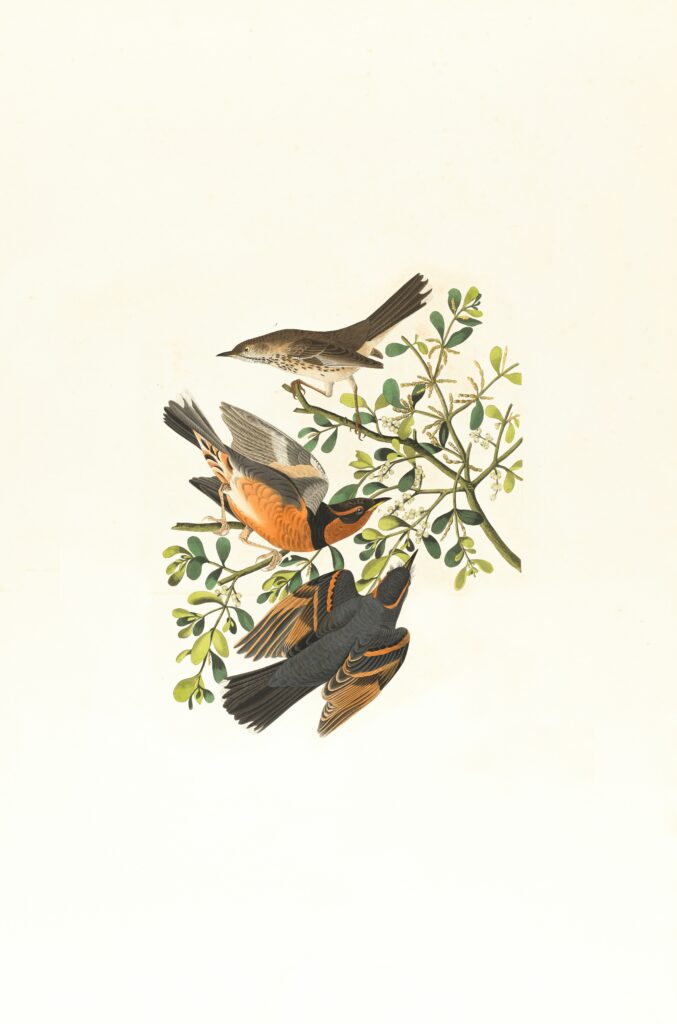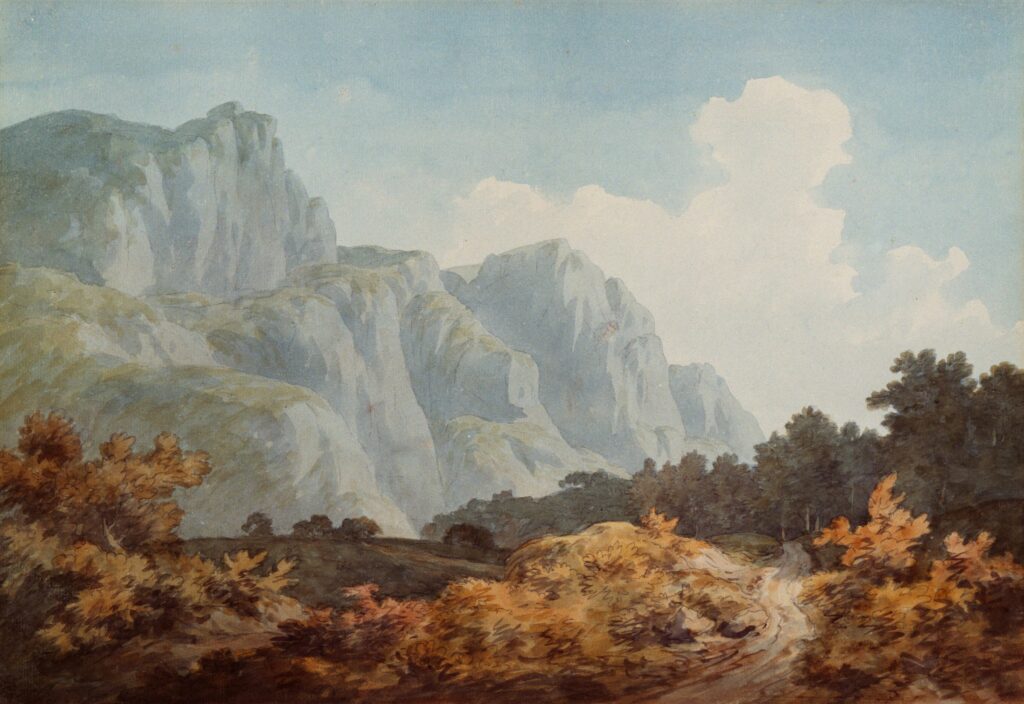In February, art enthusiasts in New York City are in for a visual treat as various galleries showcase thought-provoking exhibitions. Among the must-see shows is John Knight’s installation at Greene Naftali in Chelsea. Knight is a conceptual artist known for his revelatory style of institutional critique, where he uncovers hidden histories and challenges traditional art-viewing conditions. In this exhibition, Knight has repositioned the track lighting in one room from the ceiling to the floor, inviting viewers to contemplate an element of the gallery experience they would typically ignore. With influences from Michael Asher, Knight’s work presents a puckish and punk twist on conceptual art.
Newly Reviewed

Chelsea
The Chelsea neighborhood in Manhattan is known for its vibrant and diverse art scene. With numerous galleries showcasing a wide range of contemporary artwork, Chelsea is a must-visit destination for art enthusiasts. Among the notable exhibitions in Chelsea is John Knight’s solo show, currently on view at Greene Naftali gallery.
John Knight
John Knight is a conceptual artist who is renowned for his thought-provoking and innovative approach to art-making. Knight’s work often involves interventions within exhibition spaces, aiming to challenge conventional art-viewing conditions and uncover hidden narratives. His previous projects have included asking galleries to remove their doors and transforming a project space to resemble its original purpose as a parking garage.

Through March 2
Knight’s solo exhibition at Greene Naftali gallery will be on view until March 2nd, providing ample time for art enthusiasts to experience his thought-provoking installations. The exhibition showcases Knight’s ability to disrupt traditional gallery dynamics and engage viewers in a critical examination of their surroundings.
Greene Naftali
Located at 508 West 26th Street in Manhattan, Greene Naftali is a prominent gallery known for its commitment to showcasing innovative and challenging contemporary artwork. With a focus on conceptual and experimental practices, Greene Naftali provides a platform for artists like John Knight to push the boundaries of traditional art conventions.

508 West 26th Street, Ground Floor, Manhattan
Greene Naftali gallery is situated on the ground floor of 508 West 26th Street in Manhattan. This accessible location allows art enthusiasts and visitors to easily navigate and explore the gallery’s exhibitions. The proximity of the gallery to other art spaces in Chelsea further enhances the overall art-viewing experience.
212-463-7770, greenenaftaligallery.com
For more information about John Knight’s exhibition or other upcoming shows at Greene Naftali gallery, interested individuals can contact the gallery directly at 212-463-7770 or visit their official website at greenenaftaligallery.com. Contacting the gallery in advance can provide visitors with additional details regarding exhibition hours, special events, and any necessary COVID-19 protocols.
Image
Accompanying this article is an image from John Knight’s exhibition at Greene Naftali gallery. The photograph captures a specific installation where Knight has moved the track lighting in one room from the ceiling to the floor. This intentional alteration challenges viewers to reconsider their typical interactions with the gallery space and invites them to confront overlooked aspects of the art-viewing experience.
The Conceptual Art of John Knight
John Knight’s artistic practice aligns itself with the conceptual art movement. Influenced by artists like Michael Asher, Knight employs a revelatory style of institutional critique. Rather than accepting the assumed neutrality of traditional gallery spaces, Knight aims to disrupt and subvert these conditions through his interventions.
Knight’s interventions can take various forms, ranging from architectural modifications to performative actions. In the past, he has requested galleries to remove their doors, eliminating the physical barriers between the artwork and the viewer. Additionally, Knight has transformed a project space into a replica of its original use as a parking garage, highlighting the hidden history and purpose of the space.
Pondering the Unseen
The installation at Greene Naftali, where Knight has moved the track lighting from the ceiling to the floor, encourages viewers to reflect on an element of the gallery experience that is often overlooked or disregarded. By placing the lighting in an unconventional location, Knight disrupts the conventional hierarchy of the gallery space, challenging viewers’ preconceived notions of what should be noticed and what should be ignored.
This intentional alteration prompts viewers to contemplate the role of lighting in shaping our perception of artwork and gallery spaces. It compels us to reconsider the invisible infrastructure that contributes to the presentation and reception of art. Knight’s work invites us to question the assumed neutrality of the gallery and encourages us to engage critically with our surroundings.
Echoes of Michael Asher
In exploring the realm of institutional critique, John Knight’s work shares similarities with that of Michael Asher. Asher, also a conceptual artist, was renowned for his analytical and playful interventions within institutional spaces. One notable example of Asher’s work is his request for the Whitney Museum of American Art to remain open for 72 consecutive hours, disrupting the expected operating hours of the institution.
While Asher’s approach was characterized by a cerebral and playful demeanor, Knight’s interventions are imbued with a punkish and mischievous sensibility. This distinction adds a unique element to Knight’s work, infusing it with a spirit of rebellion and subversion.
Conclusion
John Knight’s solo exhibition at Greene Naftali gallery in Chelsea offers visitors a captivating experience that challenges traditional notions of art-viewing. Through his interventions, Knight invites viewers to question and engage critically with the gallery space, prompting a reevaluation of the often-overlooked aspects of the art-viewing experience. Drawing on the legacy of conceptual artists like Michael Asher, Knight’s work adds a rebellious and mischievous energy to the practice of institutional critique. As the exhibition at Greene Naftali continues until March 2nd, art enthusiasts have the opportunity to immerse themselves in Knight’s thought-provoking installations and ponder the hidden narratives of the gallery space.

